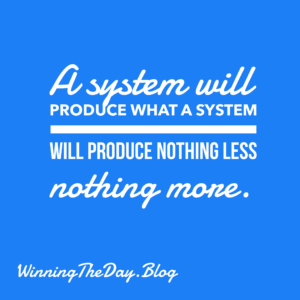Reflecting on the recent devastation of the wildfires in Los Angeles, I was struck by the raw power of nature and the delicate balance between creation and destruction. The images of flames consuming everything in their path, the smoke-filled skies, and the subsequent efforts of firefighters battling the blaze brought into sharp focus the elemental forces that shape our world. It prompted me to consider not only the destructive potential of these elements but also their inherent power for transformation and renewal. Within these seemingly simple forces – water, fire, and wind – lie profound lessons about life, transformation, and the mysteries of existence.
Water, the lifeblood of our planet, can be both a source of immense good and terrifying destruction. It nourishes and cleanses, bringing life to parched lands. Yet, in its fury, it can flood and drown, demonstrating a power that demands respect. This duality mirrors the ebb and flow of life itself, the balance between creation and destruction, joy and sorrow.
Fire, too, holds this duality. It warms us, cooks our food, and provides light in the darkness. But uncontrolled, it consumes everything in its path, leaving behind only ashes. Fire represents passion, energy, and transformation. It can purify and cleanse, but also destroy and devastate. This duality reminds us of the importance of balance and control in our own lives, the need to harness our inner fire for good.
Wind, like breath, is essential for life. It carries seeds, disperses pollen, and cleanses the air. It can be a gentle breeze or a powerful force, shaping landscapes and driving storms. Wind symbolizes the spirit, the unseen force that animates us. It reminds us of the constant change and movement in the world, the ever-present flow of life.
Consider the power of a river carving its path through rock over millennia. The constant flow of water, a seemingly gentle force, gradually reshapes the landscape, demonstrating the transformative power of persistent action. This illustrates how even seemingly small and consistent efforts can lead to significant change over time.
How can we use these elements to transform ourselves? By understanding their dual nature, we can learn to harness their power for good. We can embrace the cleansing power of water through reflection and self-awareness, washing away negativity and embracing renewal. We can cultivate the transformative power of fire by channeling our passions and energies into positive action, striving for growth and self-improvement. And we can connect with the life-giving force of wind by cultivating mindfulness and awareness of the present moment, allowing the spirit (our inner drive and motivation) to guide us.
Ultimately, the mysteries of existence, like the forces of nature, are often beyond our full comprehension. They invite us to embrace the unknown, to connect with the world around us, and to find meaning and purpose in the midst of life’s complexities. Just as we cannot fully control the elements, we cannot fully grasp the vastness of the universe. But by observing, reflecting, and experiencing these forces, both natural and internal, we can find ourselves transformed.






